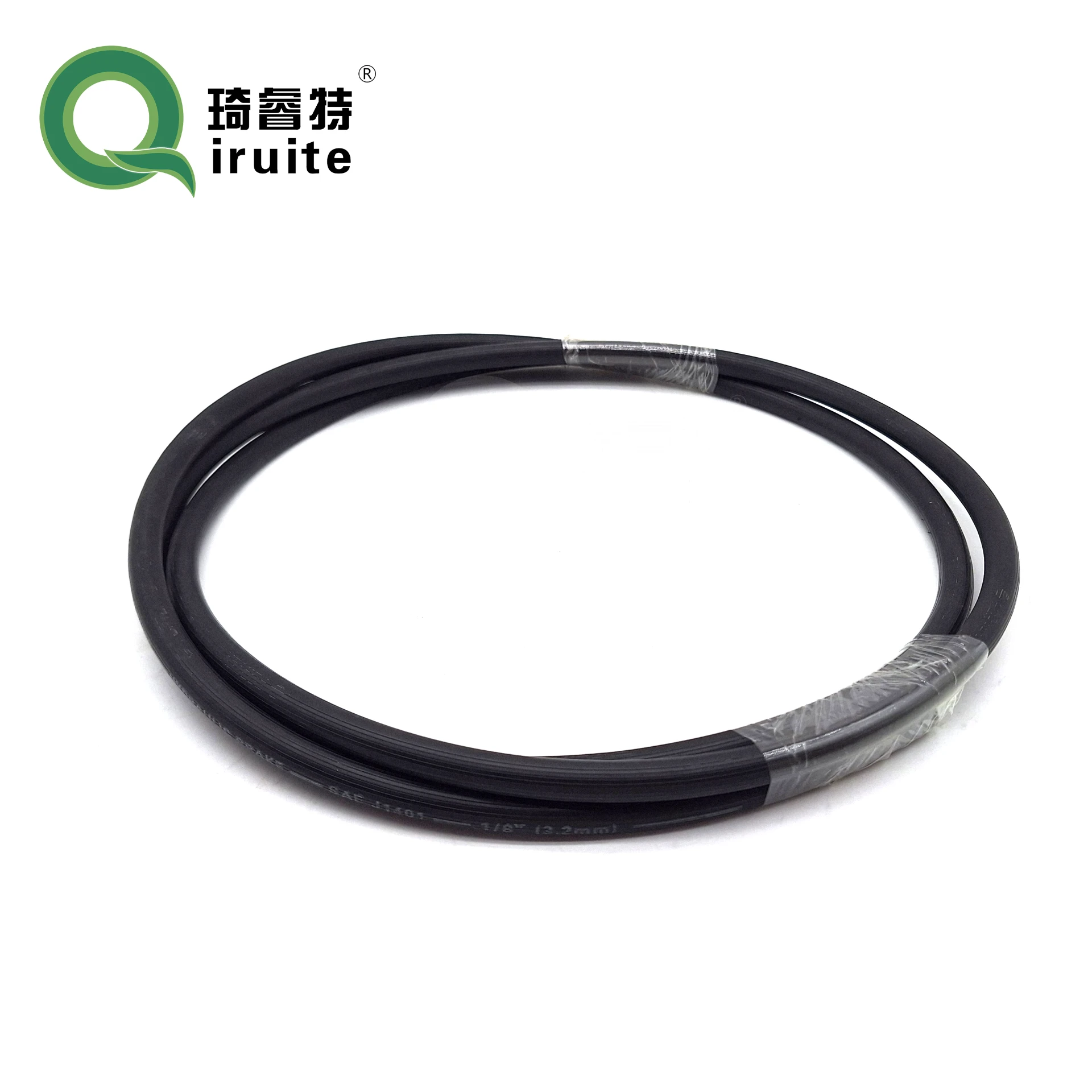pipe coupling threaded
Understanding Pipe Coupling Threads A Comprehensive Overview
Pipe coupling threads are an essential component in plumbing, piping, and various industrial applications. They are designed to connect two sections of pipe or tubing, ensuring a tight, leak-proof seal. This article will explore the importance, types, standards, and applications of pipe coupling threads, offering a comprehensive understanding of this vital component in fluid and gas transportation systems.
Importance of Pipe Coupling Threads
The primary function of pipe coupling threads is to create a secure connection between pipes or fittings. This ensures that fluids or gases can be transported without leakage, which is crucial for maintaining system efficiency and safety. In many applications, especially in industries such as oil and gas, water treatment, and chemical manufacturing, a reliable connection can prevent catastrophic failures, spills, and accidents.
Types of Pipe Coupling Threads
Pipe coupling threads come in various types, depending on their design and application. The most common threading designs include
1. NPT (National Pipe Tapered) NPT threads are the most widely used threaded pipe connections in the United States. They feature a tapered design, which allows for a tighter seal as the threads are tightened, making them ideal for high-pressure applications.
2. BSP (British Standard Pipe) BSP threads are prevalent in many countries outside of North America. They are available in both tapered (BSPT) and parallel (BSPP) designs. BSP threads are often used in plumbing and manufacturing contexts.
3. Metric Threads In regions where the metric system is standard, metric threads can be found in various applications. These threads are often used for connecting pipes in international settings and are available in both tapered and parallel versions.
4. PG (Panzergewinde or PG Threads) Commonly used in electrical applications, PG threads are designed to connect conduits or fittings. These threads ensure a secure seal, preventing dust and moisture from entering electrical systems.
Each type of thread is suited for specific applications, and choosing the right one is essential for optimal performance and safety.
pipe coupling threaded

Thread Standards
Standards play a crucial role in the manufacturing and use of pipe coupling threads. Various organizations develop standards to ensure compatibility and safety in installations. Among them are
- ANSI (American National Standards Institute) This organization sets standards for several types of threads, primarily focused on NPT specifications. - ISO (International Organization for Standardization) ISO develops global standards for various threaded connections, including metric threads. - ASME (American Society of Mechanical Engineers) ASME provides standards and guidelines for mechanical design, including threaded pipe connections.
Following these standards ensures that pipe couplings are manufactured and installed correctly, facilitating interchangeability and reducing the risk of failures.
Applications
Pipe coupling threads are utilized in a wide range of applications, including
- Oil and Gas Used extensively in drilling and extraction, ensuring that high-pressure fluids are transported safely. - Water Supply Systems Ensures secure connections in pipelines carrying potable and wastewater, preventing leaks and contamination. - Chemical Processing Facilitates the handling of corrosive and hazardous materials while maintaining safety standards. - HVAC Systems Ensures efficient fluid management in heating, ventilation, and air conditioning systems.
The versatility and reliability of pipe coupling threads make them indispensable components in various industries.
Conclusion
Pipe coupling threads are critical for creating safe and reliable connections in various piping applications. Understanding the different types, standards, and applications of these threads is essential for anyone involved in plumbing, piping, or industrial installations. As technology continues to evolve, so too do the designs and materials used in pipe coupling threads, leading to enhanced performance, safety, and efficiency. Whether you're a professional in the field or a DIY enthusiast, having knowledge of pipe coupling threads can help you make informed decisions and ensure the success of your piping projects.
-
Ultimate Spiral Protection for Hoses & CablesNewsJun.26,2025
-
The Ultimate Quick-Connect Solutions for Every NeedNewsJun.26,2025
-
SAE J1401 Brake Hose: Reliable Choice for Safe BrakingNewsJun.26,2025
-
Reliable J2064 A/C Hoses for Real-World Cooling NeedsNewsJun.26,2025
-
Heavy-Duty Sewer Jetting Hoses Built to LastNewsJun.26,2025
-
Fix Power Steering Tube Leaks Fast – Durable & Affordable SolutionNewsJun.26,2025

